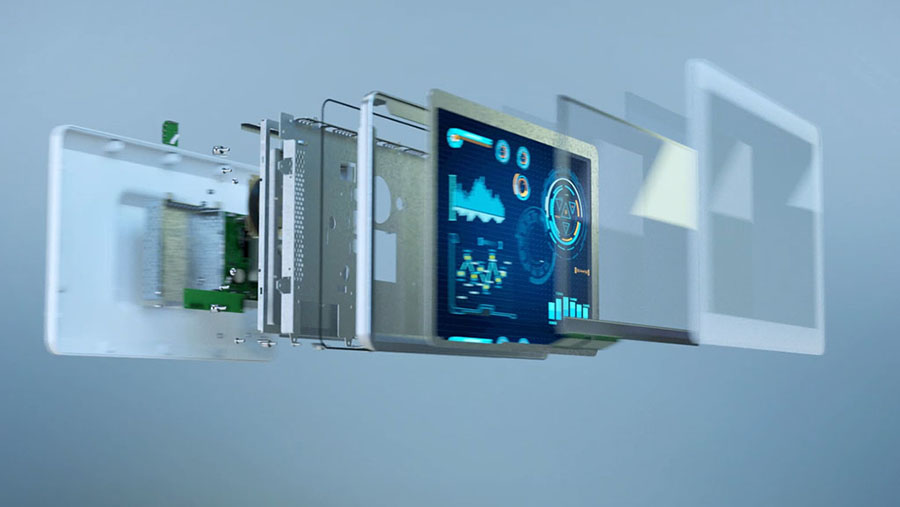TFT - Thin-Film-Transistor display
The most popular display technology - the TFT - plays an important role in our product range. We not only offer TFT displays in a wide variety of technologies, formats, sizes and requirement profiles, but also provide solutions for the industrial market and special segments such as PID and medical applications.
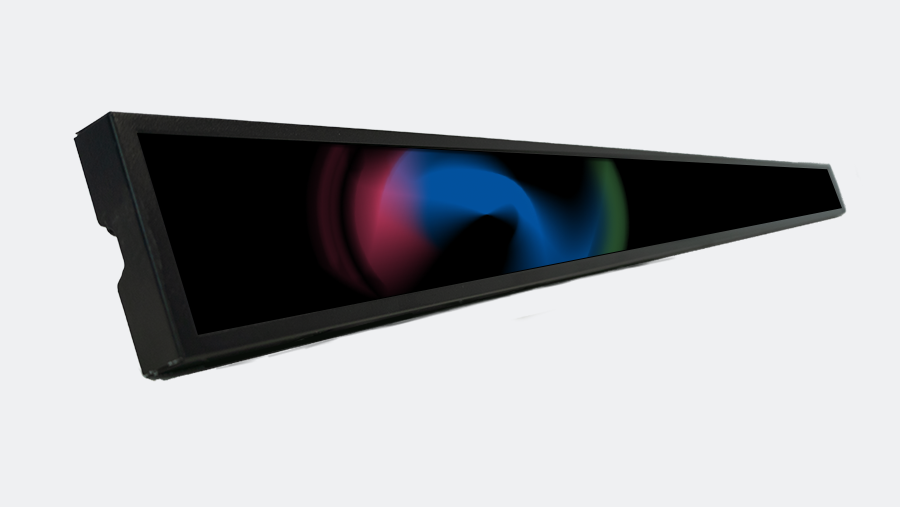
Our TFT displays
For us, TFT technology and its further development has always been one of our core competences. We are constantly expanding our extensive portfolio and have access to a wide range of sizes, formats and resolutions from all major display manufacturers. We also offer our customers special TFT displays for applications with special requirements such as challenging environmental conditions or displays for medical use.
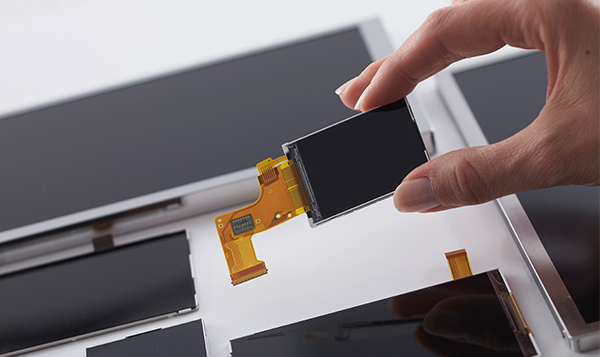
Our portfolio offers:
- TN, VA or IPS displays
- Long-term available displays with diagonals from < 1" - > 100"
- A wide range of display interfaces
- Temperature ranges from - 40 to +85 degrees (indoor and outdoor)
- Standard and special formats such as round, square, stretched, curved, free shape and flexible
- Resolutions up to UHD (3840x2160 pixels)
- Displays with high-TNI liquid crystals for harsh temperature requirements

Our new high brighness displays flyer
To ensure clear legibility at all times, even under bright ambient light conditions or in direct sunlight, displays must fulfil special requirements. Our High Brightness Display Flyer shows you what is important and presents suitable products from our range.
More information in our new flyerHow a TFT display works
TFT displays are equipped with a backlight (LEDs) that illuminates a layer of liquid crystals. These are connected to so-called thin-film transistors, which control the alignment of the liquid crystals using electrical energy. Depending on the pixel technology, the electrodes are either arranged opposite each other (with twisted nematic (TN) and vertical alignment (VA)) or in one plane (with in-plane switching (IPS)).
Comparison overview of TN, VA and IPS technology
Key differences:
| Technology | Viewing angle | Contrast | Response time |
|---|---|---|---|
| TN | limited | high | very fast |
| VA | very good | excellent | fast |
| IPS | excellent | very high | fast |

Functionality and advantages of TN panels
Twisted Nematic (TN) panels are a rather inexpensive display technology in which each pixel consists of rod-shaped liquid crystals that are aligned horizontally to the image layer and allow light from the backlight to pass through. When a voltage is applied to the pixels, the orientation of the liquid crystals changes. The higher the voltage, the more perpendicular the rods are to the image layer, preventing the light from the backlight from "shining through". TN displays can be used, for example, in cash registers or kiosk systems where the user usually looks at the display from the front and for this reason an extended viewing angle from all directions is not required.
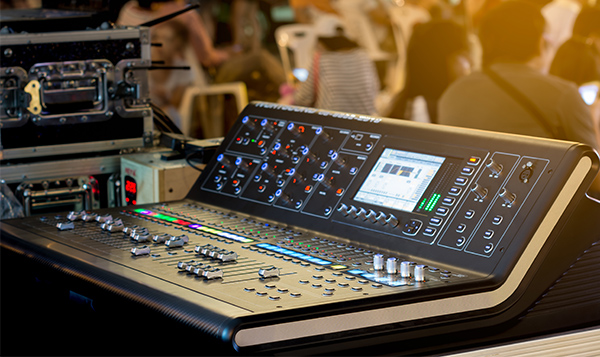
Functionality and advantages of VA panels
With Vertical Alignment (VA) technology, the rod-shaped liquid crystals are initially arranged perpendicular to the image layer and allow the light from the backlight to pass through without restriction. When a voltage is applied to the pixels, the rods "tilt" and align horizontally to the image layer. The stronger the voltage applied, the more horizontally the rods arrange themselves, blocking the light from the backlight. VA panels are characterised by very high contrast values, excellent colour stability and a wide viewing angle from all directions.
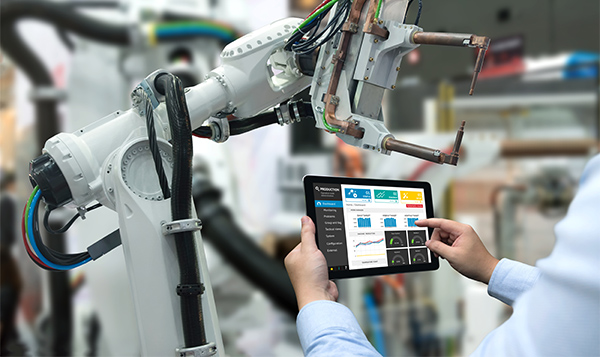
Functionality and advantages of IPS panels
In-plane switching (IPS) technology means that the electrodes in the panel are arranged on one layer. When a voltage is applied, the liquid crystals arrange themselves horizontally to the image layer. IPS panels offer brilliant colours, high contrast values and a wide viewing angle from all directions. For this reason, they are often used for mobile applications such as smartphones and tablets and wherever high image stability is required. IPS technology is the state-of-the-art technology among TFTs today.
Related Links
Hardware
From display and touch to embedded components and our bonding expertise: Here you will find all the elements we use to develop your industrial application. There are virtually no limits to the areas of application.
Customised solutions
From the concept to the final product: we offer system engineering at the highest level as well as competent expert consultation in the areas of display, touch, embedded and systems.
Product finder
Whether display, cover glass, touch sensor or embedded board: based on our hardware portfolio, we not only offer you customised products, but also create unique experiences. Take a look at our product finder and the various hardware categories here.
